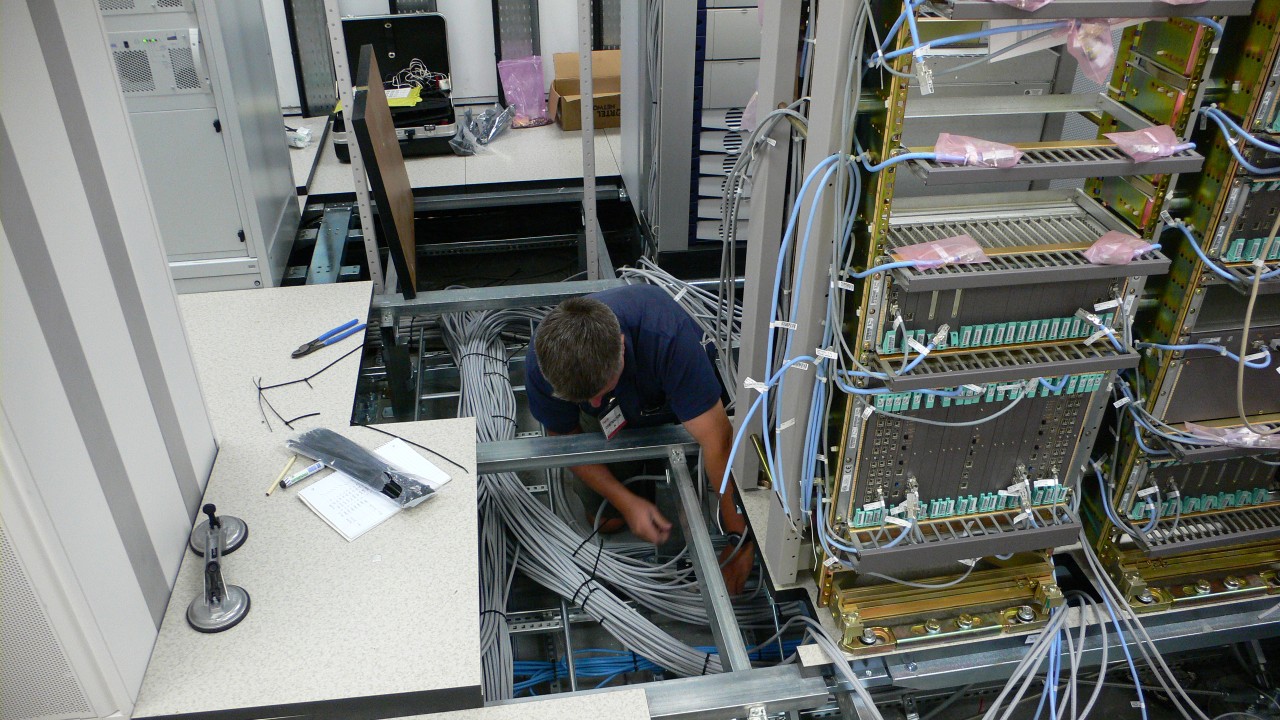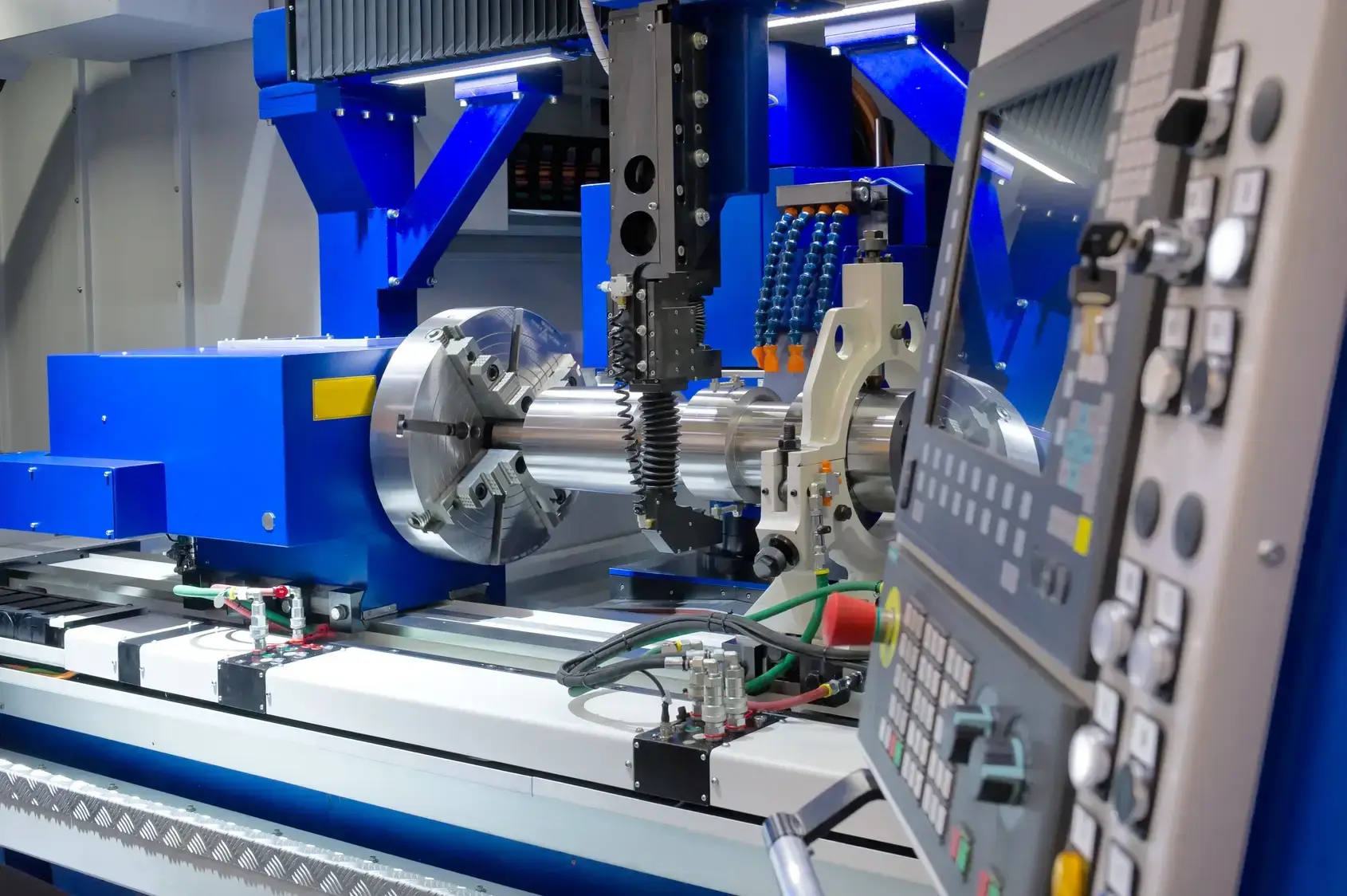Effect of grain structure on creep resistance
The Crucial Role of Grain Structure in Creep Resistance Unlocking the Secrets to Long-Term Material Integrity
As industries continue to push the boundaries of innovation and efficiency, materials science plays a vital role in ensuring that products can withstand the test of time. One critical aspect of material integrity is creep resistance the ability of a material to resist deformation under high temperatures and stresses over an extended period. At Eurolab, our team of expert scientists understands the significance of grain structure on creep resistance and offers a specialized laboratory service to help businesses achieve unparalleled levels of performance and longevity.
What is Effect of Grain Structure on Creep Resistance?
Creep resistance is a measure of a materials ability to resist plastic deformation under constant stress over an extended period. While high-strength materials can exhibit impressive initial properties, their long-term behavior often reveals significant vulnerabilities. This is where the grain structure comes into play the arrangement and interaction of crystalline structures within a material have a profound impact on its creep resistance.
The Effect of Grain Structure on Creep Resistance refers to the influence of the crystallographic microstructure on a materials susceptibility to creep deformation. In simple terms, it examines how the alignment, size, and distribution of grains within a material affect its ability to withstand stress over time. This phenomenon is crucial for industries where high-temperature applications are common, such as aerospace, energy, and chemical processing.
The Importance of Creep Resistance in Business
In todays competitive landscape, businesses cannot afford to compromise on the performance and reliability of their products. Materials with superior creep resistance are essential for maintaining operational efficiency, ensuring safety standards, and reducing maintenance costs over time. By optimizing creep resistance through grain structure analysis, companies can
Enhance Product Lifespan Creep-resistant materials ensure that products remain functional for longer periods, minimizing the need for premature replacement or repair.
Reduce Maintenance Costs With reduced material deformation, businesses can decrease maintenance expenses associated with repairs and replacements.
Improve Efficiency High-temperature applications can be optimized without compromising performance, leading to increased productivity and energy savings.
Ensure Safety Standards Materials that exhibit excellent creep resistance help prevent accidents caused by premature failure or unexpected behavior under stress.
The Benefits of Effect of Grain Structure on Creep Resistance at Eurolab
At Eurolab, our team provides comprehensive laboratory services tailored to the specific needs of industries relying on high-performance materials. Our Effect of Grain Structure on Creep Resistance service is designed to provide businesses with a deeper understanding of their materials microstructure and its impact on creep resistance.
Some key benefits of working with Eurolab include
Expert Analysis Our team consists of seasoned scientists with extensive knowledge in materials science, ensuring that your samples are analyzed using the most advanced techniques.
Customized Solutions We provide tailored recommendations based on our analysis, helping you optimize material performance and achieve specific industry standards.
Comprehensive Reporting Detailed reports and data packages enable you to make informed decisions about material selection, processing conditions, and potential improvements.
Collaborative Approach Our team works closely with clients to address unique challenges and requirements, fostering a collaborative environment for knowledge sharing and innovation.
Frequently Asked Questions (FAQs)
Q What types of materials can be analyzed through the Effect of Grain Structure on Creep Resistance service?
A We accept various metallic and non-metallic materials, including alloys, steels, ceramics, composites, and polymers.
Q How does Eurolab conduct grain structure analysis?
A Our expert scientists use state-of-the-art techniques such as Electron Backscatter Diffraction (EBSD), X-ray Computed Tomography (XCT), and Scanning Electron Microscopy (SEM) to analyze material microstructure.
Q What are the benefits of optimizing creep resistance through grain structure analysis?
A Improved product lifespan, reduced maintenance costs, enhanced efficiency, and increased safety standards are just a few advantages of optimizing creep resistance.
Q Can Eurolab provide recommendations for improving material performance based on our specific needs?
A Yes! Our team will work closely with you to develop customized solutions tailored to your industry requirements and applications.
Unlock the Full Potential of Your Materials
In conclusion, understanding the Effect of Grain Structure on Creep Resistance is crucial for businesses seeking to optimize their materials performance in high-temperature applications. Eurolabs comprehensive laboratory service provides expert analysis, tailored recommendations, and detailed reporting to ensure that your products meet the highest standards of integrity and reliability.
Dont compromise on material performance choose Eurolab for unparalleled expertise in Effect of Grain Structure on Creep Resistance analysis. Contact us today to discover how our team can help you unlock the full potential of your materials.




